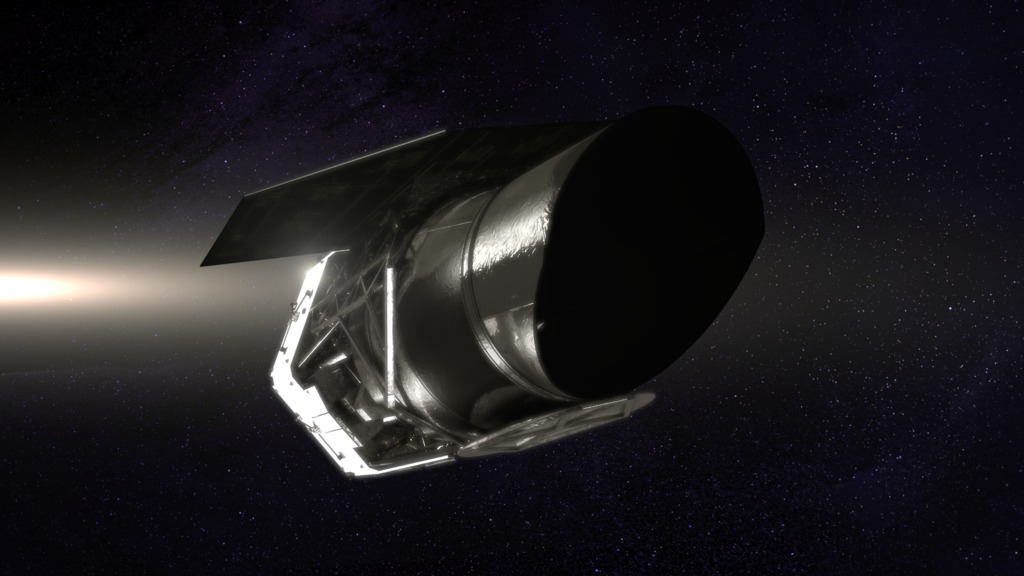Gravitational Microlensing Animation
Animation illustrating how gravitational microlensing works. 4k resolution.
Gravitational microlensing is an observational effect that was predicted in 1936 by Einstein using his General Theory of Relativity. When one star in the sky appears to pass nearly in front of another, the light rays of the background source star become bent due to the gravitational "attraction" of the foreground star. This star is then a virtual magnifying glass, amplifying the brightness of the background source star, so we refer to the foreground star as the lens star. If the lens star harbors a planetary system, then those planets can also act as lenses, each one producing a short deviation in the brightness of the source. Thus we discover the presence of each exoplanet, and measure its mass and separation from its star. This technique will tell us how common Earth- like planets are, and will guide the design of future exoplanet imaging missions.
More than 20 planets have been discovered from the ground using this technique. The Nancy Grace Roman Space Telescope microlensing survey will detect many more such planets, including smaller mass planets since the planet "spike" will be far more likely to be observed from a space-based platform. This will lead to a statistical census of exoplanets with masses greater than a tenth of the Earth's mass from the outer habitable zone out to free floating planets. The results from the Roman Space Telescope microlensing survey will complement the exoplanet statistics from Kepler, and will provide answers to questions about planet formation, evolution, and the prevalence of planets in the galaxy.
For More Information
Credits
Please give credit for this item to:
NASA's Goddard Space Flight Center Conceptual Image Lab
-
Animator
- Walt Feimer (HTSI)
-
Producer
- Scott Wiessinger (USRA)
-
Scientist
- Neil Gehrels (NASA/GSFC)
Release date
This page was originally published on Tuesday, September 20, 2016.
This page was last updated on Monday, July 15, 2024 at 12:13 AM EDT.
